The rubble left behind after the initial riot broke out in Minneapolis, Minnesota.
Photos courtesy of Amudalat Ajasa
On the morning of Tuesday, May 26, I woke up to the story of George Floyd’s death plastered all over the news and social media. George Floyd, a 46-year-old African American man, was murdered by Minneapolis police officer Derek Chauvin as shown in a video over seven minutes long. The video shows Chauvin kneeling on Floyd’s neck as two other police officers knelt on his back and legs and another one watched. “I can’t breathe,” Floyd repeated as he lay handcuffed begging for his life. All four police officers have since been fired. Four days after Floyd’s death, Chauvin was arrested and charged with third-degree murder and second-degree manslaughter.
Since the riots broke out on the first night, I haven’t really slept. I wake up afraid of what violence our president will condone against “thugs” that look like me, the rhetoric he uses to describe people of color. I wake up to messages from white people angered by my pro-protest posts. I wake up overwhelmed with love from people who worry for my safety, and I wake up afraid that nothing will go back to normal. But maybe that’s the point. One day they will teach about the Minnesota riots and explain that my community put its foot down against injustice.
Outrage and daily clashes with the police have followed since Floyd’s death.
The streets of the Twin Cities, especially in Minneapolis near the site of the first riot, can only be described as anarchy throughout the day and a war zone at sundown. Drivers speed through the streets with little regard for traffic lights, signs and protesters and they park in restricted areas all day. For the most part, the protests remain peaceful during the day with very little police intervention. At night, you witness police officers and the National Guard using tear gas and shooting protesters with rubber bullets.
The remains of a building after a riot on Lake Street.
At one of the protests I attended on the fifth day, people demanded that the other three police officers be arrested as well and vowed to continue protesting until then. Calls for Chauvin’s charges to be upped to first-degree murder were echoed. Among the crowd that turned out, I saw people from all different ages and races present. Signs read “Pigs Belong in the Pen,” “No Justice, No Peace,” “Justice for George Floyd,” “Black Lives Matter” and more. We chanted and knelt in silence while others swept up debris. The aroma of burnt buildings and cars filled the air.
Lake Street, where the first night of riots took place, can only be described as a post-apocalyptic movie set. As I walked into the first Target that was looted, it was unrecognizable. The Target that I went to during winter break with friends was reduced to a flooded mess of glass, broken registers and soaked products floating among the rubble. The sound of the alarm became background music as volunteers cleaned and moved non-soaked food and products to the front of the store. Across the street, people sat on the roof of a vacant grocery store while others posed for pictures in front of a heap of ashes that was once a building.
Restaurants, stores and banks are left with windowless exteriors filled with piles of rubble. Broken glass, spray paint and ash extend for miles down the street my grandmother used to drive down when we got ice cream. I think that’s the most unsettling part of all of this: I know the area that has turned into a battlefield each night. It’s a complete out-of-body experience watching streets that hold so many of your memories be reduced to practically nothing. However, the scene I just described is incomparable to the scenes at night.
The inside of the Target in Minneapolis, MN post-riot.
You sit in horror as you hear the screams of people with burning eyes. You witness relationships form among complete strangers as milk and water are dumped to alleviate that burning pain. You see people taking care of fellow protesters by offering water bottles, food and medical attention. You watch people kneel in the face of incoming police who continuously attack peaceful protesters that are unarmed. You witness protesters using unfinished construction materials like “Do Not Enter” signs, traffic cones and scrap metal to form a barrier between themselves and the police.
Notice how I used “protesters” instead of “rioters” or “looters”? Despite national coverage, many of the protesters aren’t the people looting and rioting, yet they have become synonymous in headlines. Anyone protesting past the new curfew of 8 p.m. to 6 a.m. is deemed a rioter. However, many of the people wreaking havoc aren’t even Minnesotans.
“The people that are doing this are not Minneapolis residents,” said Jacob Frey, mayor of Minneapolis. “They are coming largely from outside the city, outside the region, to prey on everything we have built.”
Many extremist groups and opportunistic individuals from other states have flooded the streets of Minneapolis to be a part of the chaos. Minnesota Governor Tim Walz stated that of the arrests made at Friday night’s protest, 80% were out-of-state individuals.
Whether you agree with the rioting and looting or not, from my perspective, buildings can be rebuilt but people cannot be reborn. How can you expect people to remain peaceful when their protests and demands for justice are met with police opening fire?
There comes a time when people say, “Enough is enough.” How many times must people watch and accept as black and brown bodies are reduced to hashtags? I was 12 years old when Trayvon Martin was killed and now, at almost 20 years old, I see that nothing has changed except the year.
This rubber band of racism was bound to snap. It didn’t snap 400 years ago when the first slaves arrived in America and built this country from the ground up. It didn’t snap when they were “freed” but forced to endure Jim Crow and “Separate but Equal” laws. It didn’t snap with the Civil Rights movement and the killing of its leaders. It didn’t snap with the parading of black bodies as “super predators, thugs and animals” on nightly news which resulted in mass incarceration. It didn’t snap as we watched countless black bodies be killed by white officers or white civilians who ultimately faced little to no consequence.
Here we are in 2020 and these protests seem different. They seem to be saying, “We’ve had enough.” Perhaps this is the snap that will change the systemic racism this country was built upon.

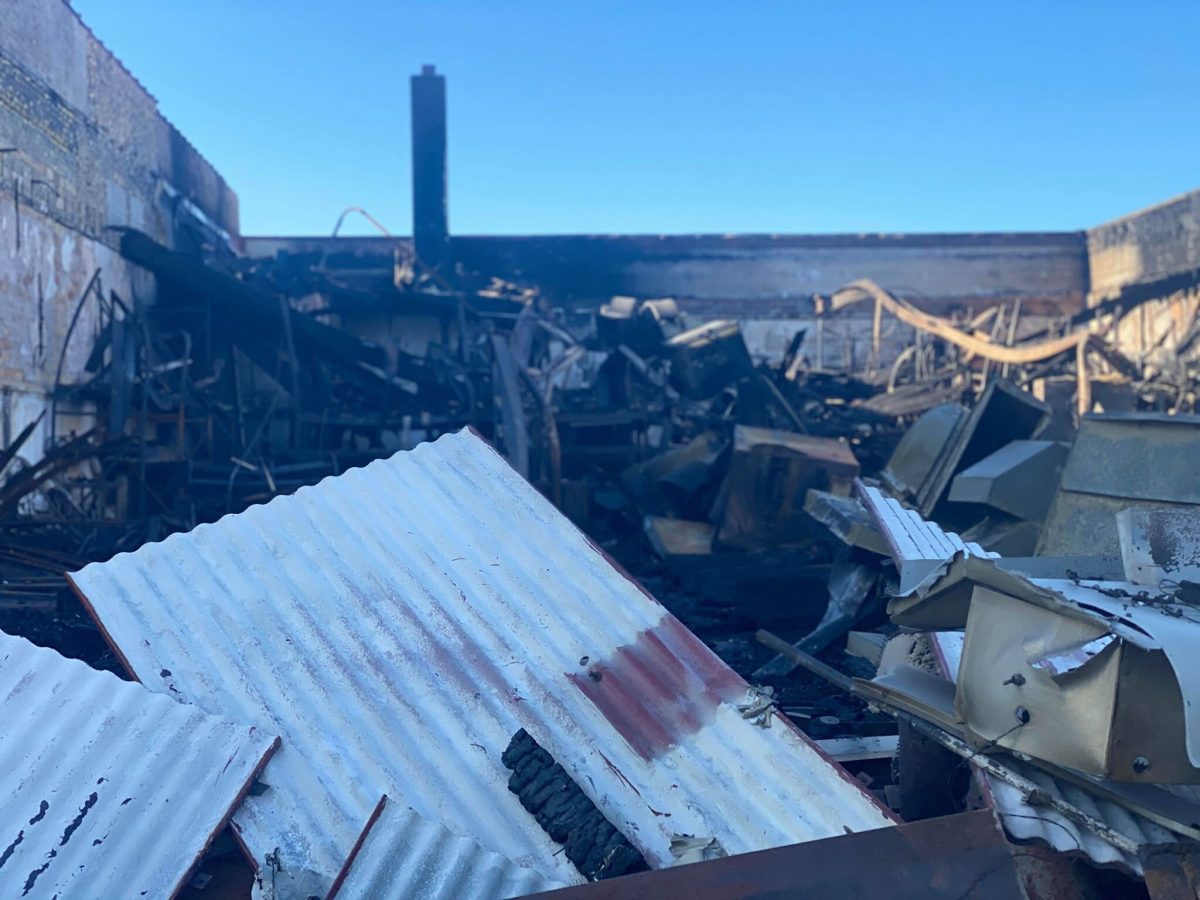
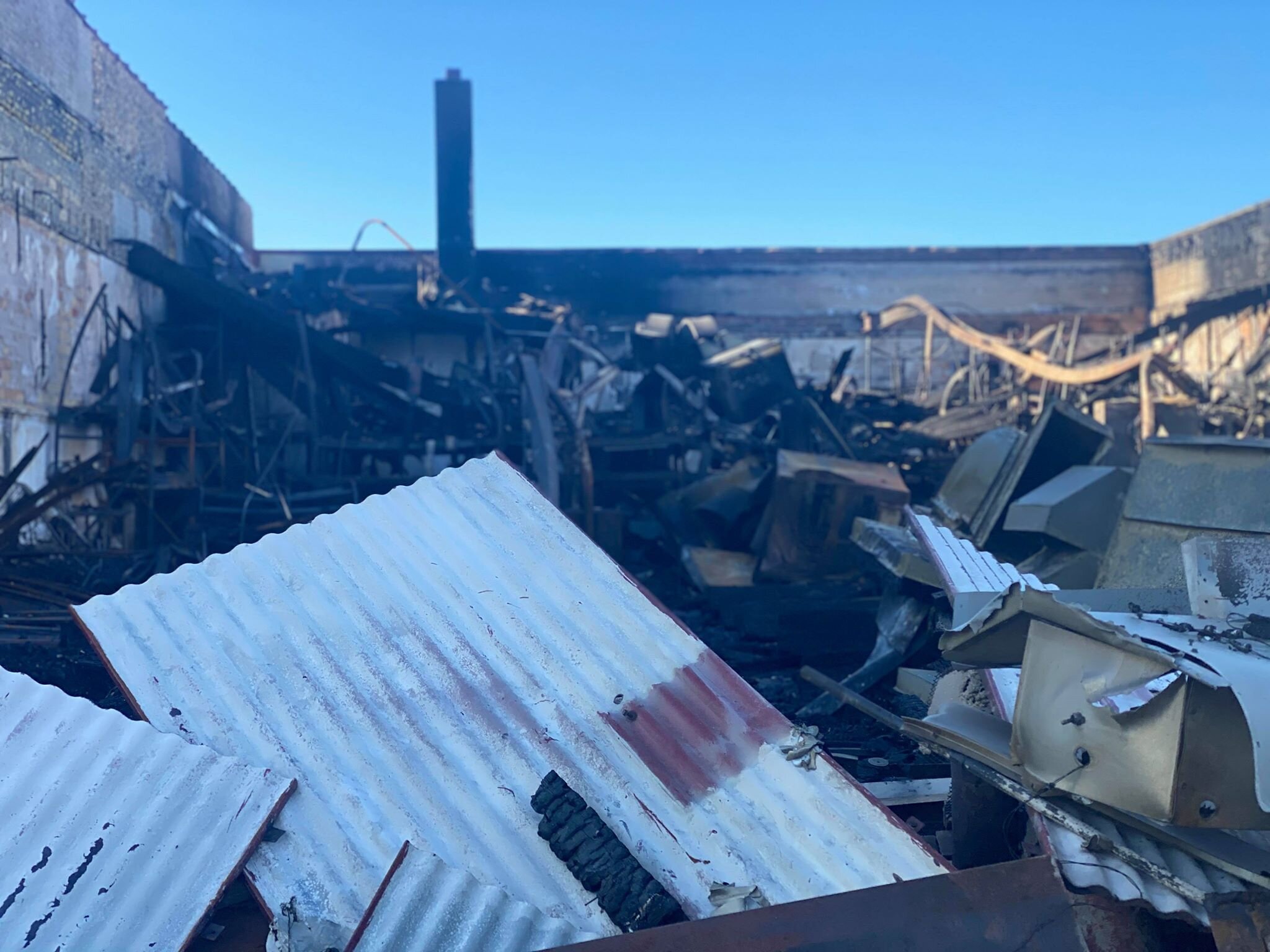
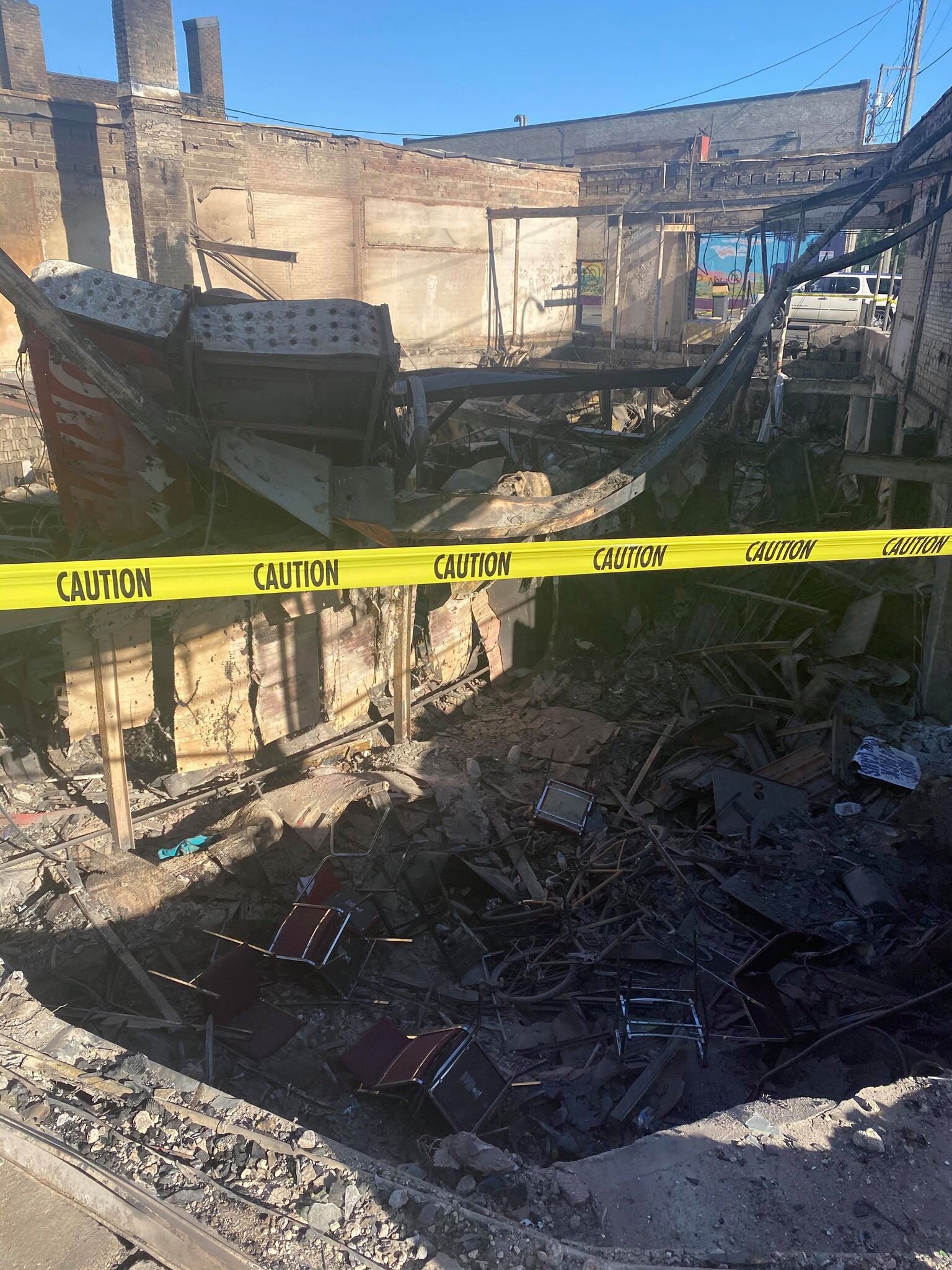
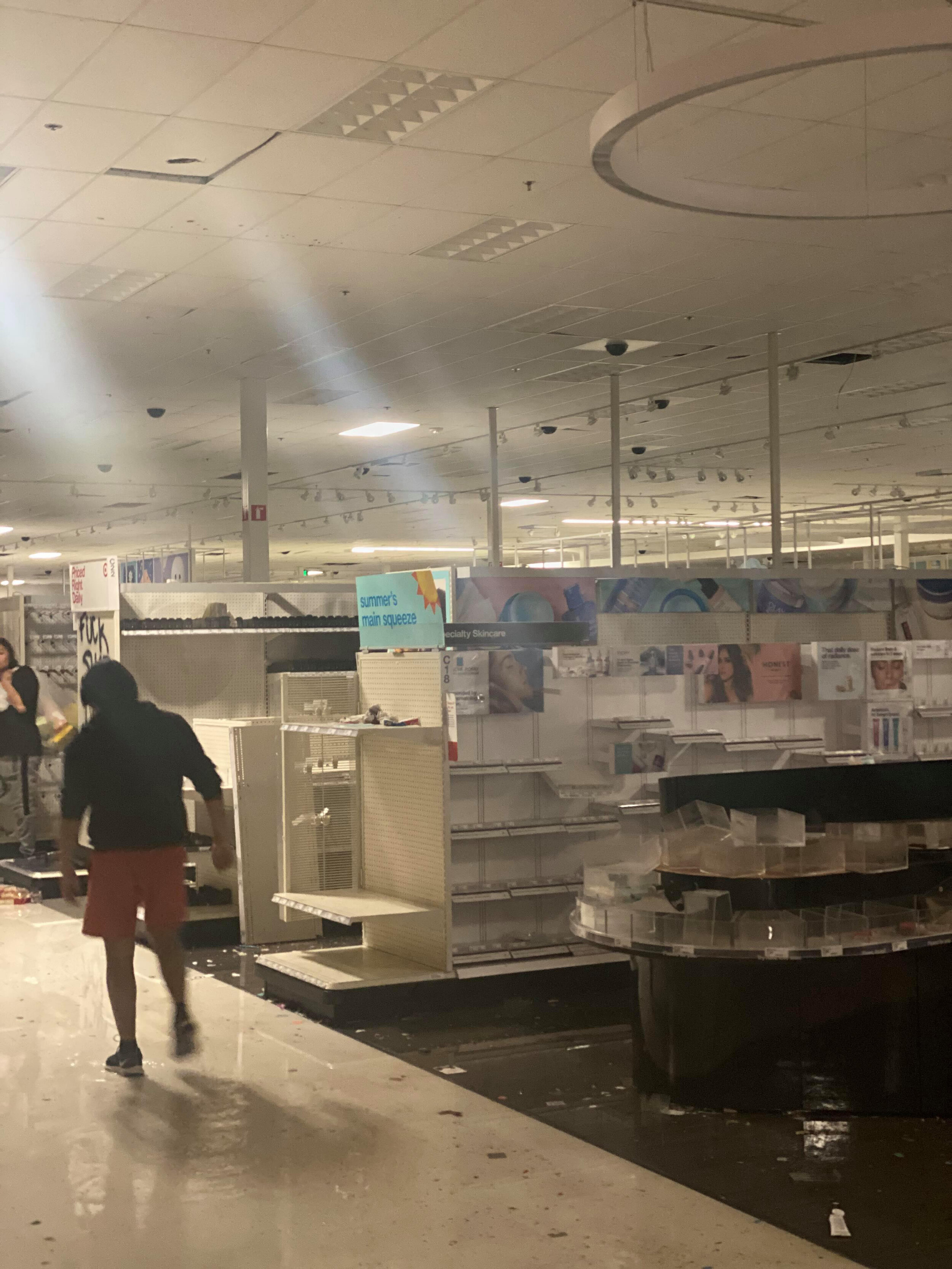
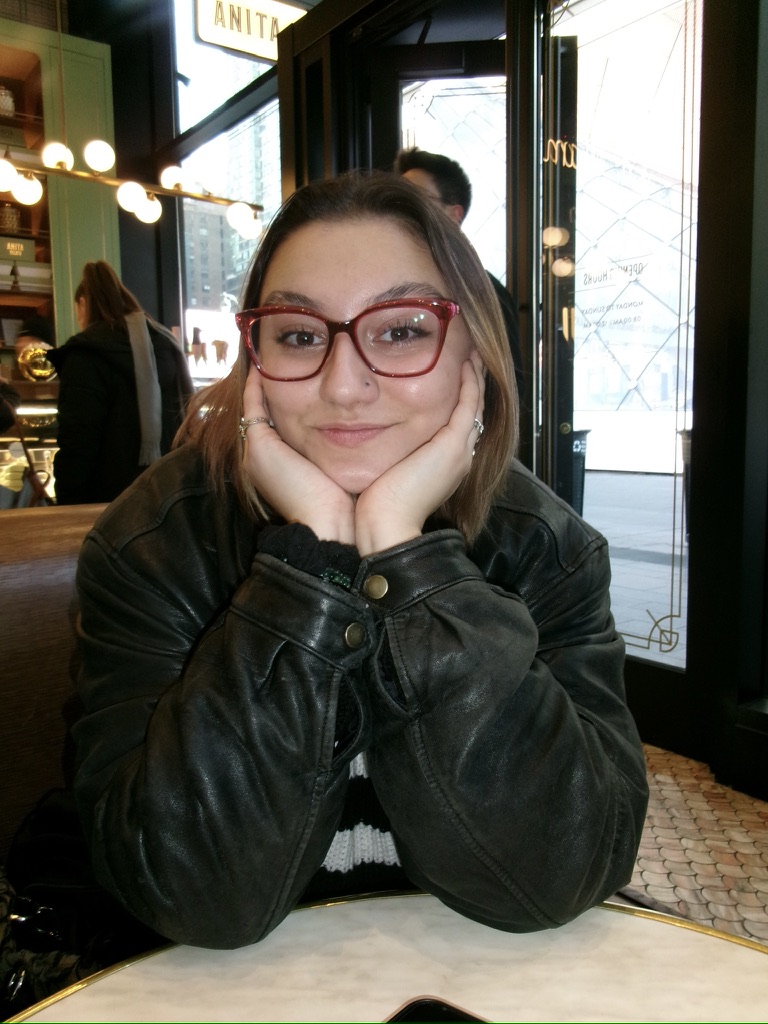
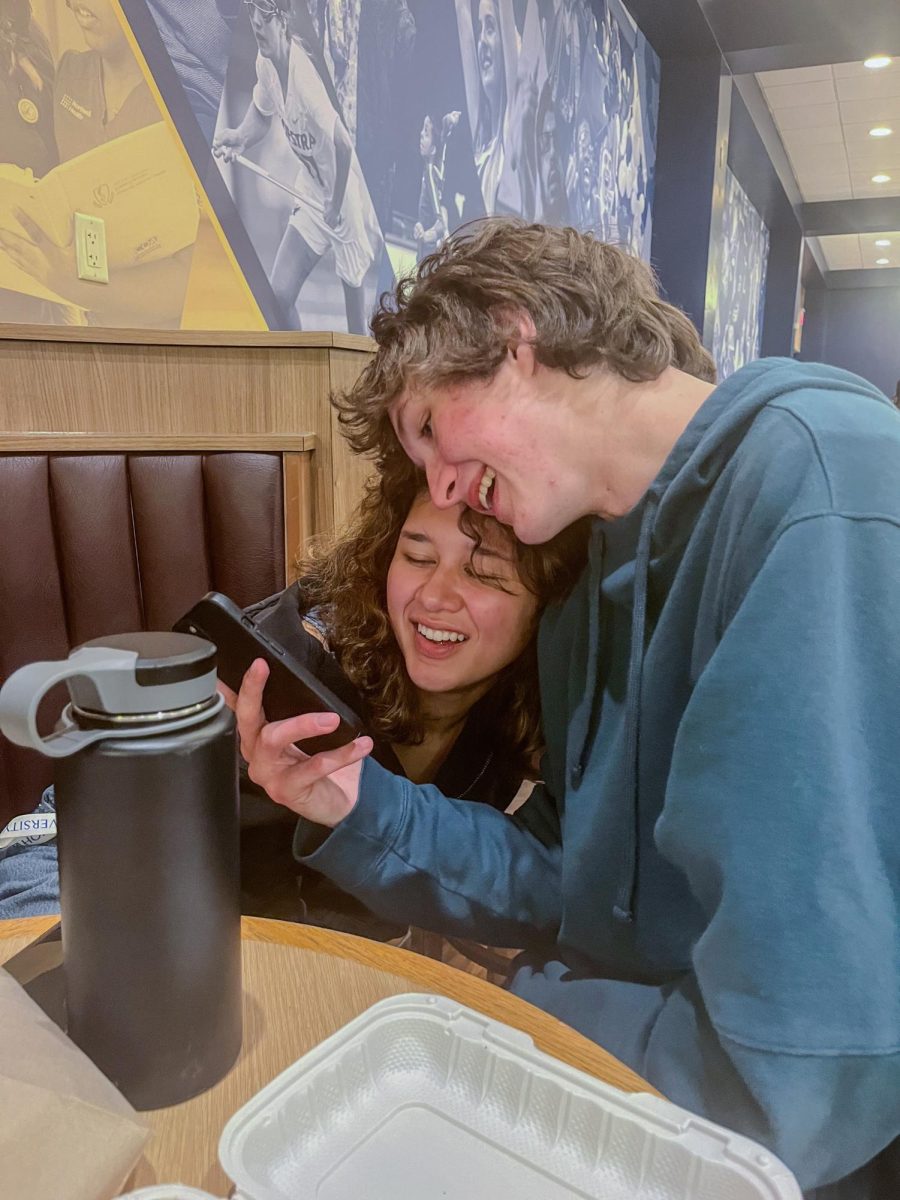
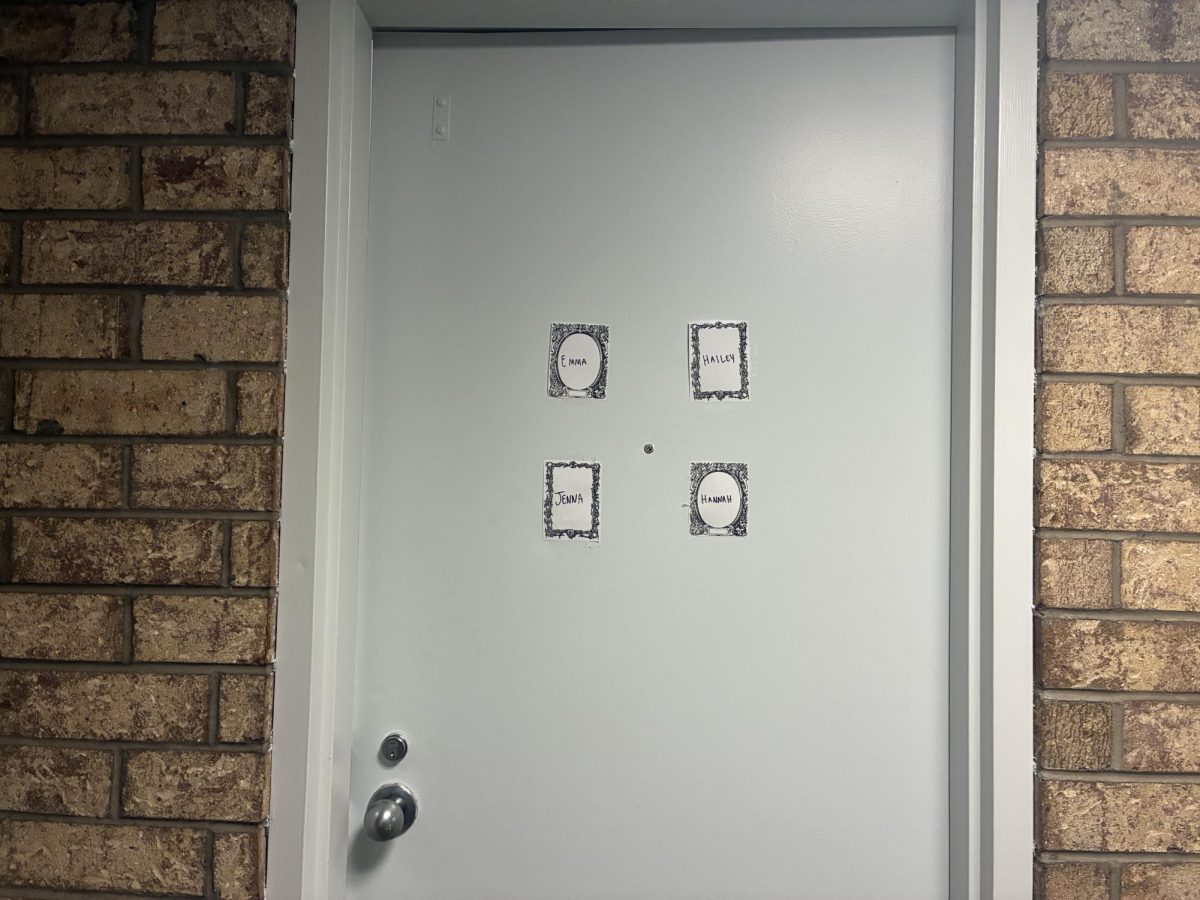
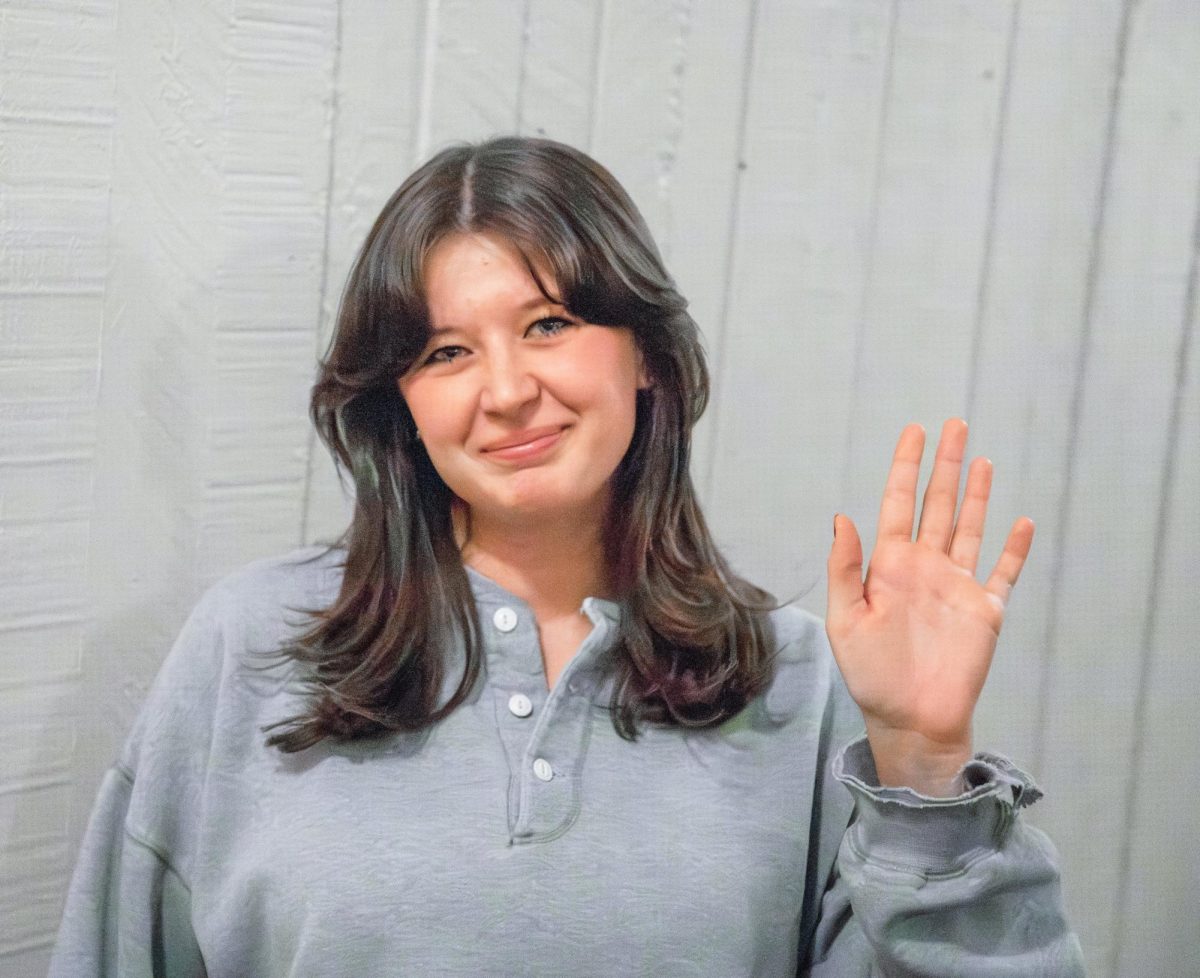


Mivygirl@hotmail.com • Jun 4, 2020 at 2:14 pm
Thank you for sharing this event, I could actually vision what you described. Great piece!